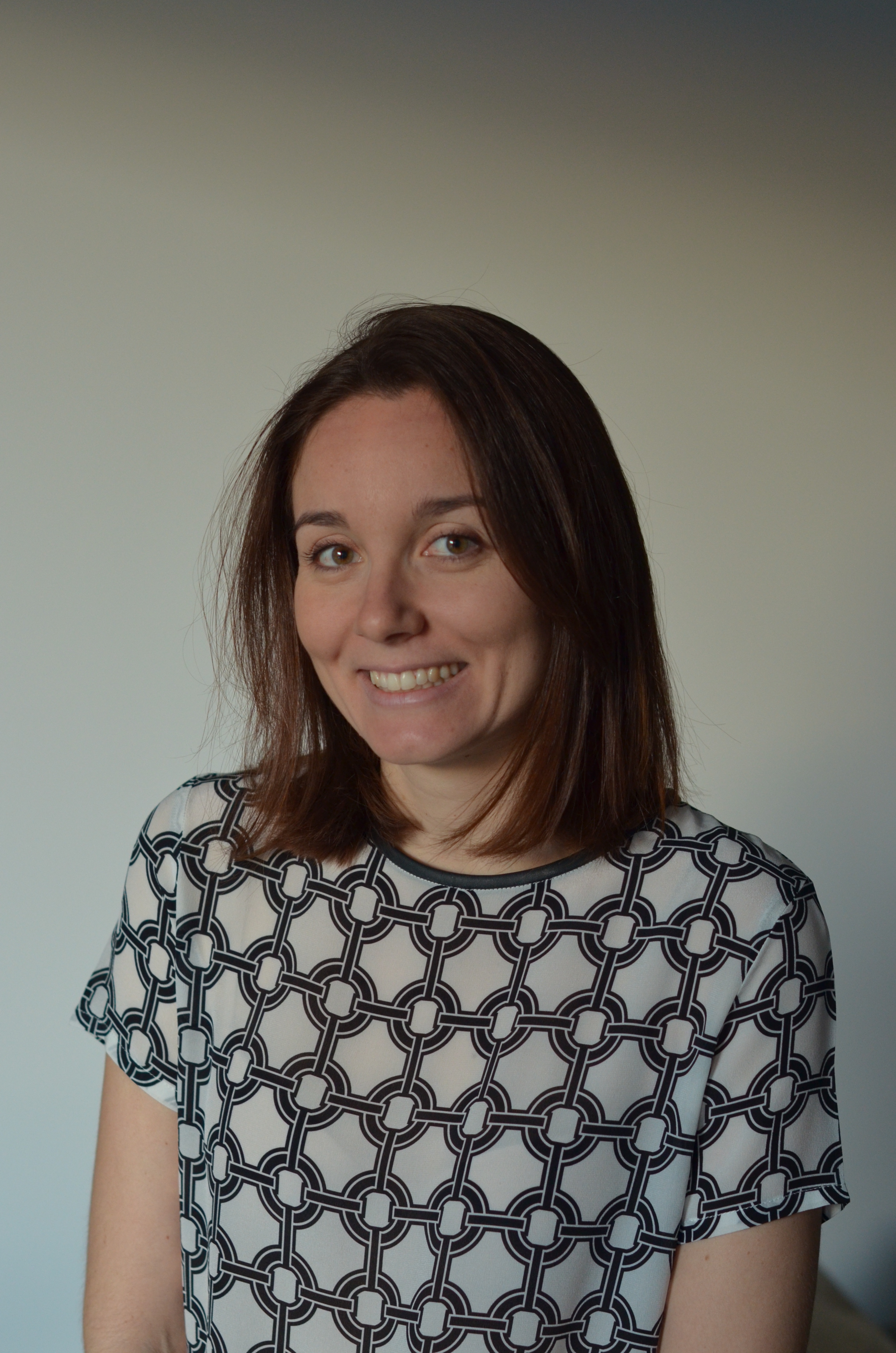
With so much riding on the success of COVID-19 vaccines, maintaining public trust has never been more important, nor more politicised. For the pharmacovigilance community, experts say this means doing the science fearlessly but never carelessly, and always communicating with honesty and clarity.
DISCUSSING VACCINE SAFETY in a balanced and responsible manner is no easy feat these days. With vaccine hesitancy on the rise and misinformation spreading like wildfire on social media, drug safety specialists may have a hard time knowing how to talk about potential side effects without affecting people’s confidence in vaccinations. And the modern communication landscape does not make the task any easier. As more and more researchers publish their work in open-access publications or use social media to share and discuss novel findings with their peers, it is easier than ever for a lay audience to come across scientific work – and potentially distort it.
“On social media you may lose the fine details that were present in a professional forum – and that can give a misleading impression,” says Dr Anthony Cox, a reader in clinical pharmacy and drug safety at the University of Birmingham in the UK.
He believes pharmacovigilance professionals do need to be conscious of how their work may be interpreted when clipped out of context. However, just because information can be distorted does not mean scientists should be less open about their findings or less clear about what the science actually says.
“On social media you may lose the fine details that were present in a professional forum – and that can give a misleading impression”

“We can’t allow bad actors to damage the drive for openness in research and data,” Cox says. Science is about finding the closest approximation to the truth, he explains, and it is essential that we have open discussions about what that is. Trying to control, hide, or bias the truth will only generate distrust in authorities.
Dr Daniel Salmon, director of the Institute for Vaccine Safety at Johns Hopkins School of Public Health in the US, agrees that the risks and benefits of vaccines must be discussed with honesty and objectivity.
“Vaccines are such an impactful medical and public health intervention, and we have to be careful not to fall into the trap of overselling their value or underselling their risks,” he explains. “If we overstate the benefits, we run the risk of losing people’s trust in the science and system.”
An essential first step is to acknowledge that both benefits and risks are relative concepts
FINDING THAT DELICATE BALANCE when discussing the benefits and risks of vaccines may sound easier said than done. An essential first step is to acknowledge that both benefits and risks are relative concepts. No medical intervention is absolutely safe. From a regulatory perspective, “safe” often means “acceptably safe” – in other words, that the intervention’s benefits outweigh its risks enough to justify its use.
“But in talking with the public, safety is on a continuum,” Salmon points out. “We have to acknowledge the sorts of side effects that occur, their frequency, and in whom they’re more common.”
That includes being careful about how we frame rare risks. Dismissing them because they are so rare, and therefore don’t affect the benefit-risk balance by much, is problematic.
“How big is the risk really and among whom?” Salmon asks. “If the risk is different by gender or by age, stating its frequency among all people isn't very useful. You’ll just end up overstating the risk for some and understating it for others.”
For Cox, blanket statements on vaccine safety are not only incorrect but may have counterproductive effects if people find out that certain risks exist.
“We can’t deny that medicines and vaccines may cause harm,” he says.
But ensuring that vaccine safety experts speak about side effects honestly and clearly is only part of the answer. Equally essential is to keep the science rigorous and objective. As important as it is to underline the benefits of vaccines as effective public health interventions, especially in an effort to curb rising vaccine hesitancy, safety scientists should not let that kind of advocacy bias their investigations. Moreover, they should be guaranteed the protection and resources they need to thoroughly dig into emerging safety issues.
“Vaccine safety monitoring is like an insurance policy,” Salmon says. “If a problem comes up but you haven’t bought that insurance policy, all investments to develop, manufacture, and distribute the vaccine will be undermined. And that means a missed opportunity to control the disease.”

“When talking about side effects, we need to say what we know, what we don't, and what we’re doing to figure out the latter”
When asked what advice they would give to pharmacovigilance professionals looking to step up their communication on vaccine safety, both Cox and Salmon agree that being honest about uncertainty is key.
“When talking about side effects, we need to say what we know, what we don't, and what we’re doing to figure out the latter,” Salmon says.
DESCRIBING PROCESSES – RATHER THAN JUST FACTS – would also be beneficial. In an effort to be more open and transparent, several medicines regulatory authorities have opened up their databases of reported adverse drug reactions to the public. The US Food and Drug Administration’s Vaccine Adverse Event Reporting System (VAERS) and the European Medicines Agency’s EudraVigilance, for example, are both publicly accessible to a certain extent. But spontaneous reporting data with no proven causality can easily be misconstrued, especially by the anti-vaccination crowd.
“We need to be aware that open databases can be misused,” Cox says. “It’s so easy to pull out an adverse effect from spontaneous reported data and create a story. We should be teaching people more about the nature of those databases and the types of studies required to confirm any safety issues.”
But above all, vaccine safety specialists should be providing context. Any risks should always be weighed up against benefits in terms of protection from the disease, so people can make adequately informed decisions. And if it sounds nearly impossible to provide balanced context on social media, where communication is by its very own nature succinct and fragmented, Cox’s advice is to look for creative solutions to fill in the gaps.
“You could use an entire thread on Twitter or post something on a blog to add more context around the point you’re trying to make,” he says. “In pharmacovigilance we are biased towards finding harm – that’s what the science is all about. But if given the facts on a vaccine’s risk to cause harm in the context of disease, then I think people are quite able to make the right decision.”
Read more
CIOMS Working Group on Vaccine Safety, CIOMS Guide to vaccine safety, communication2018.




